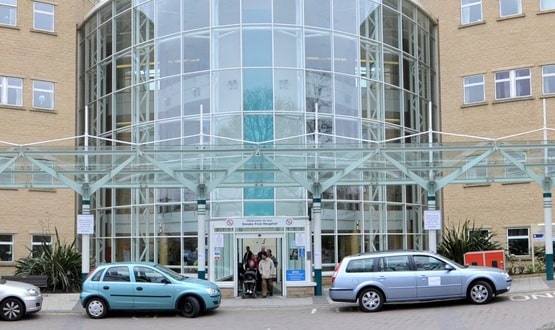New data tool allows local authorities to better plan for social care
- 3 June 2021

A new solution gives local authorities access to social care data to allow them to proactively plan for the sector based on real-world modelling.
Digital transformation specialist Agilisys has launched its Social Care Cost and Demand Modelling solution which can be viewed by senior leaders and decision makers to assess the impact of social care.
The aim of the solution is to allow them to make proactive funding decisions based on modelling from the data.
Agilisys worked with local authorities across the UK to target the root cause of social care overspend and offer a solution that helps them plan for better use of resources.
Chris Hyde, principal consultant of data strategy and insight at Agilisys, said: “Unfortunately, the growing demand and cost of social care isn’t going to go down; certainly not without major long-term structural change.
“Therefore, we need to think about flattening the curve to make sure that excess demand, although still present, is being mitigated by concerted efforts to lessen dependency and reduce institutionalisation.”
The solution allows local authorities to monitor demand for, and delivery of, social care and its budgets.
Agilisys created a modelling solution which helps take the disparate data captured by a local authority and applies it to potential scenarios. Using clearly defined baselines, the social care cost and demand model collates data to illustrate what services it is delivering and at what cost per person.
“Once local authorities have got the ability to see what the cost per person is in a particular category or cohort – say 65-74 years, receiving formal nursing care – they can start doing some quite simple projections over time,” Hyde added.
“It might not be necessarily when services become unaffordable, but when they become more unaffordable than they already are. We can then take these projections – the costs and data – and use them to test, plan and choose scenarios for change.
“We play out potential investments, approaches and models that can make savings and reduce demand, and then, if successful, build up an evidence base that grows stronger with time.”




